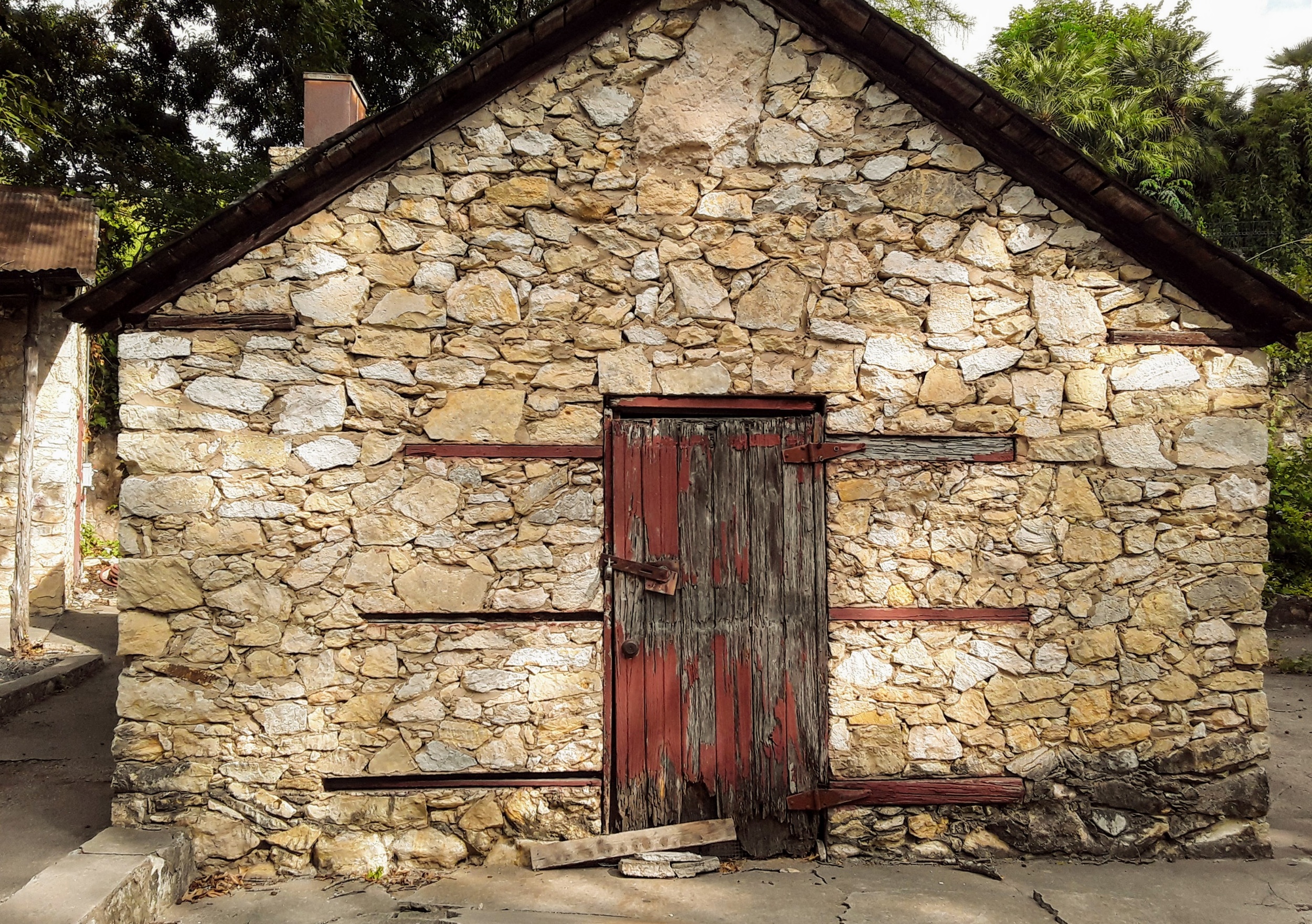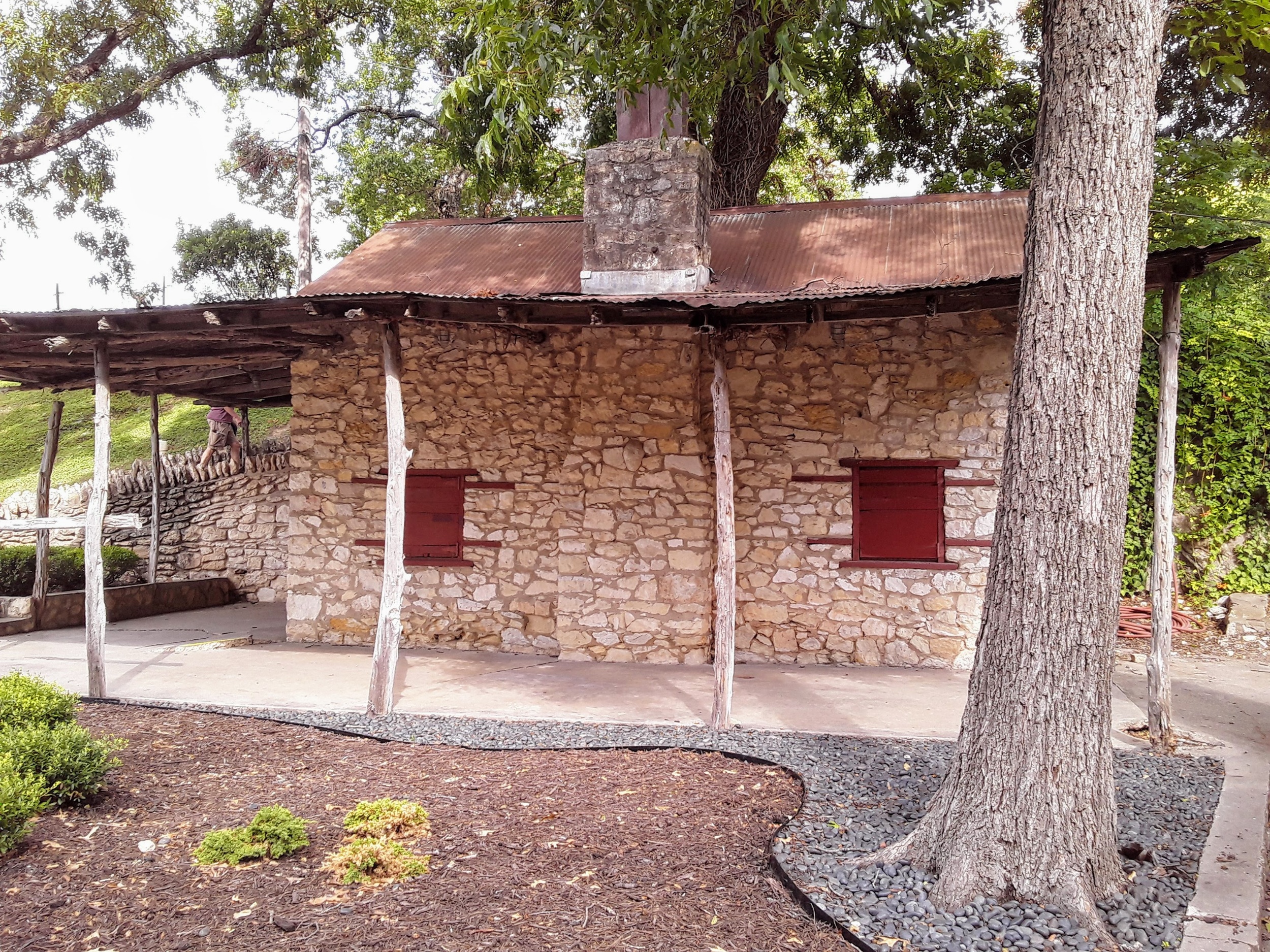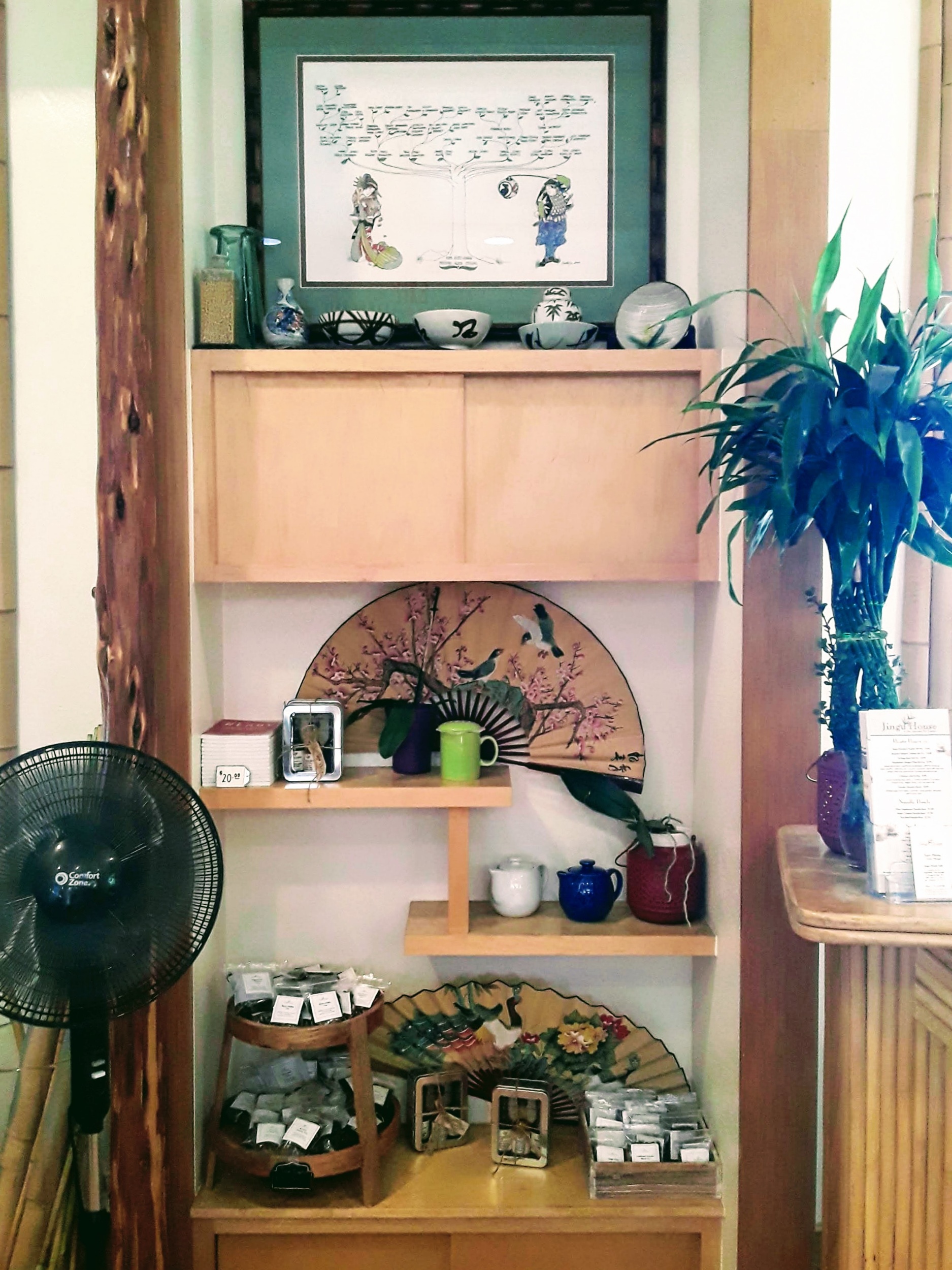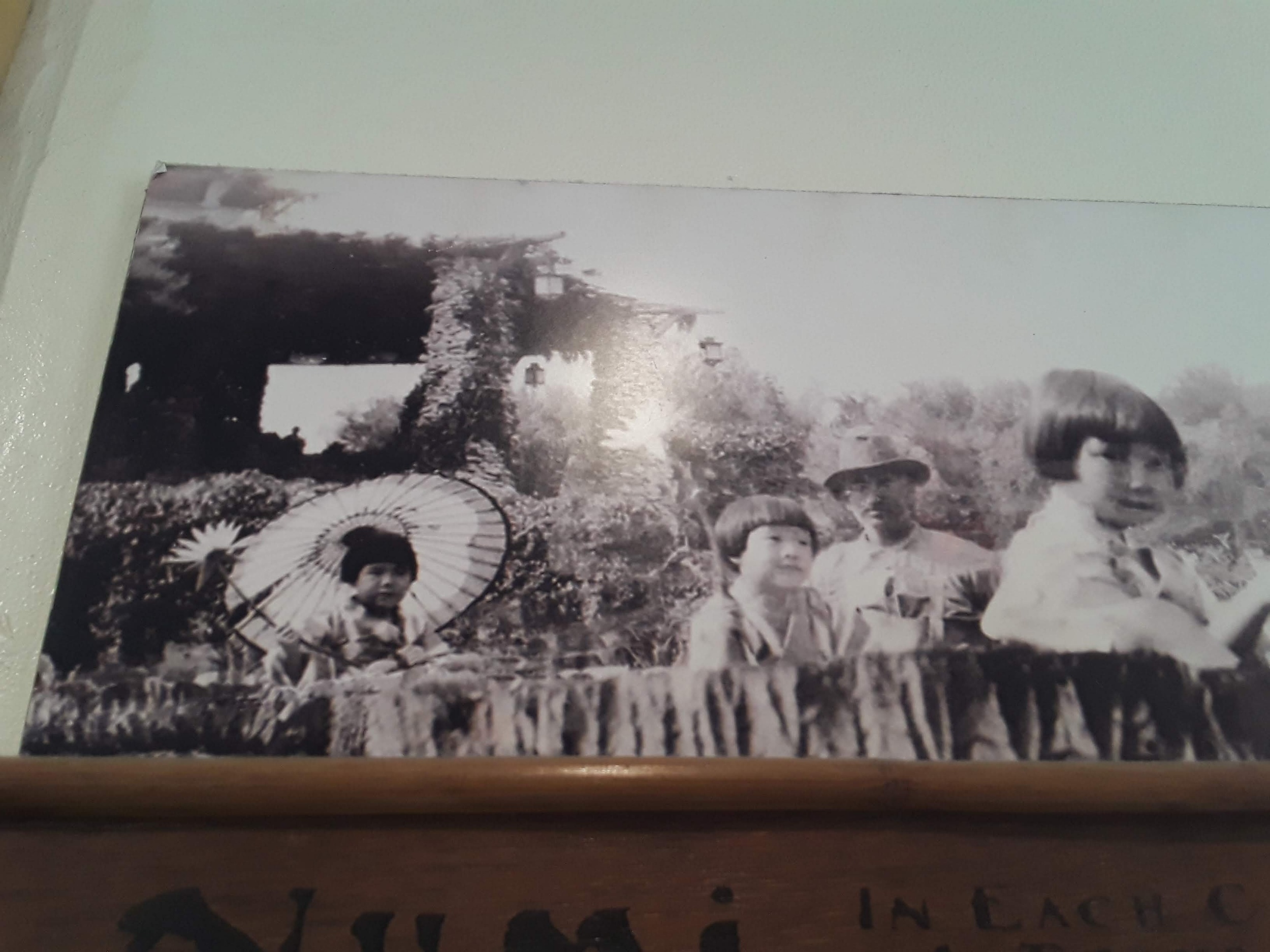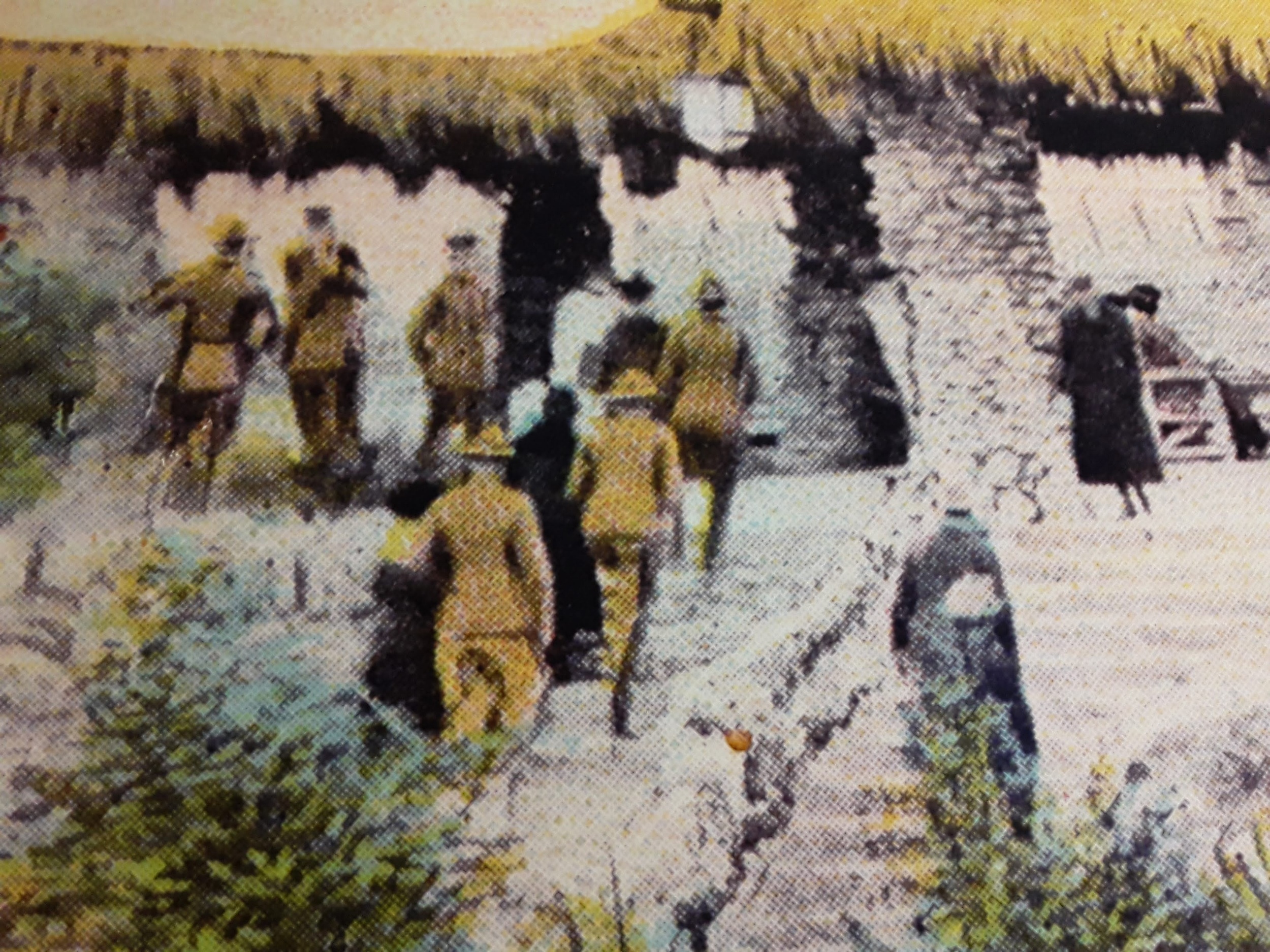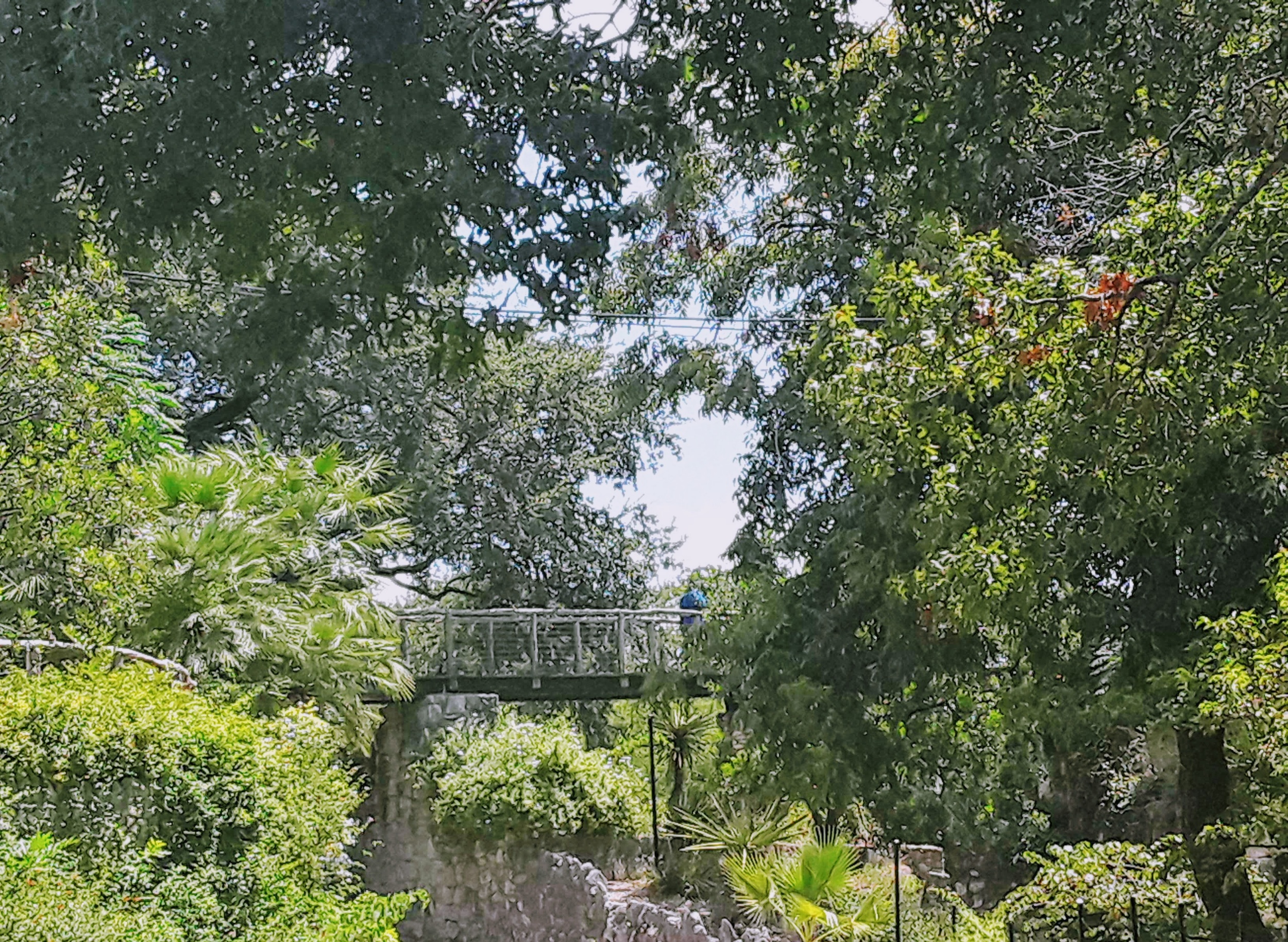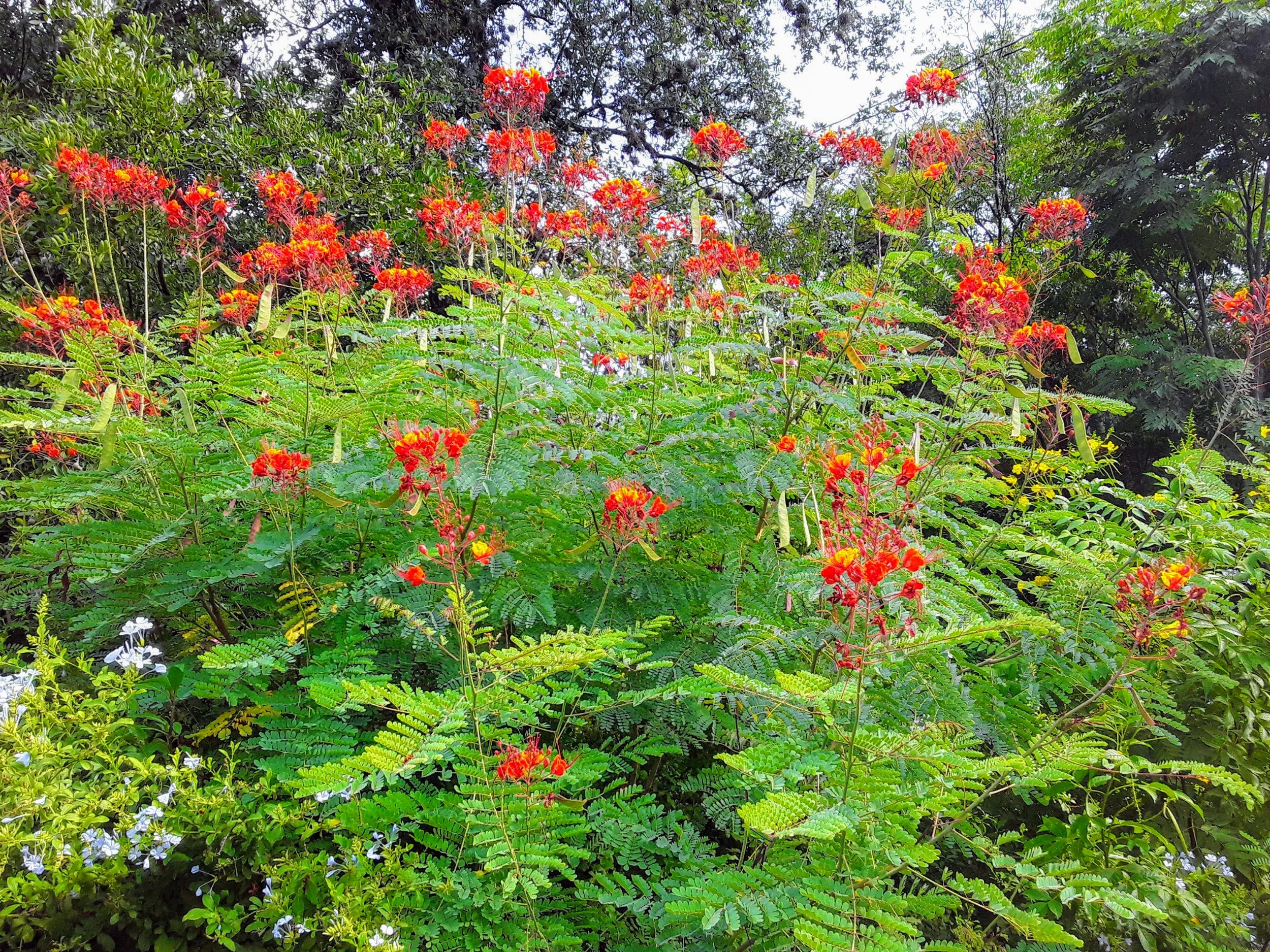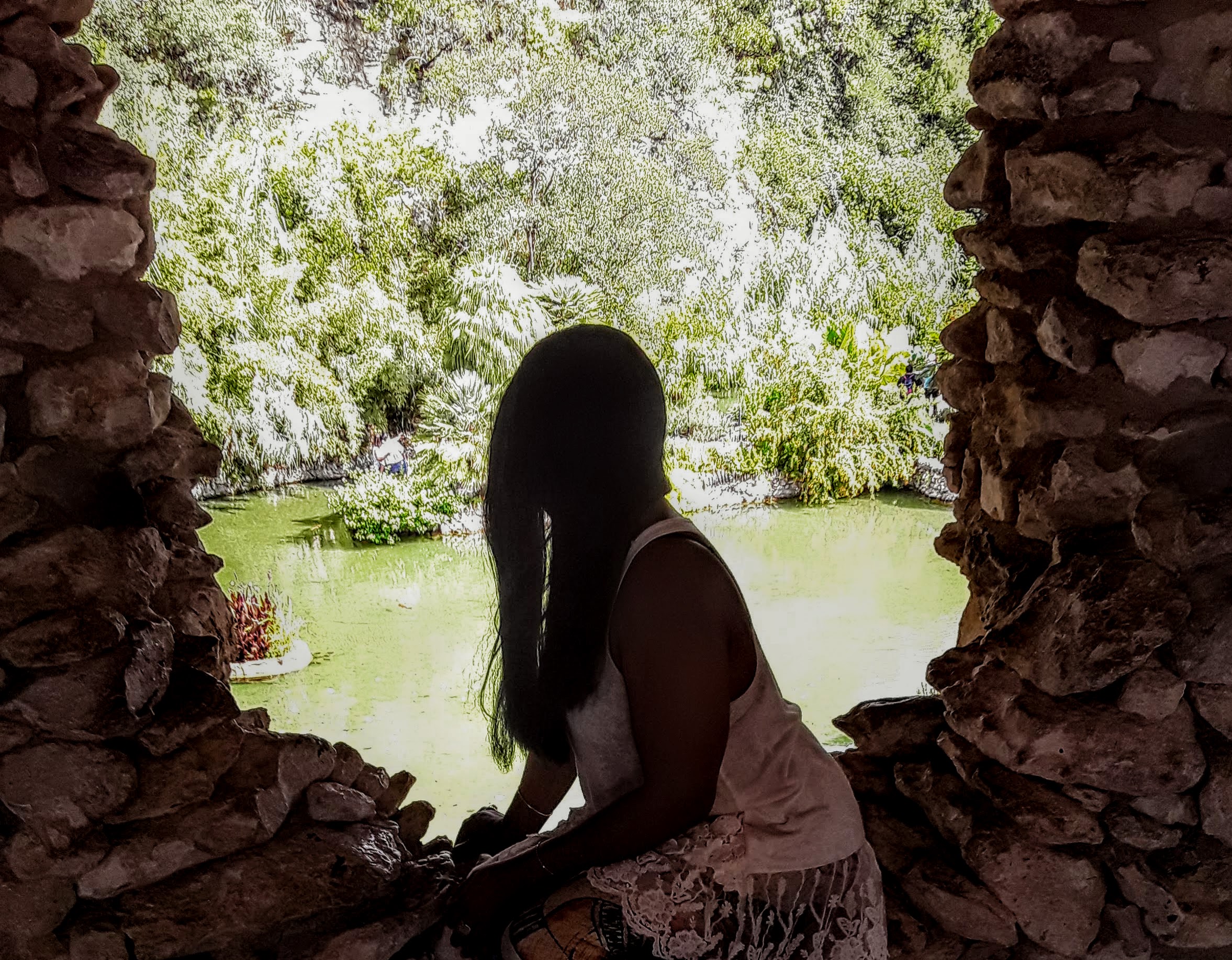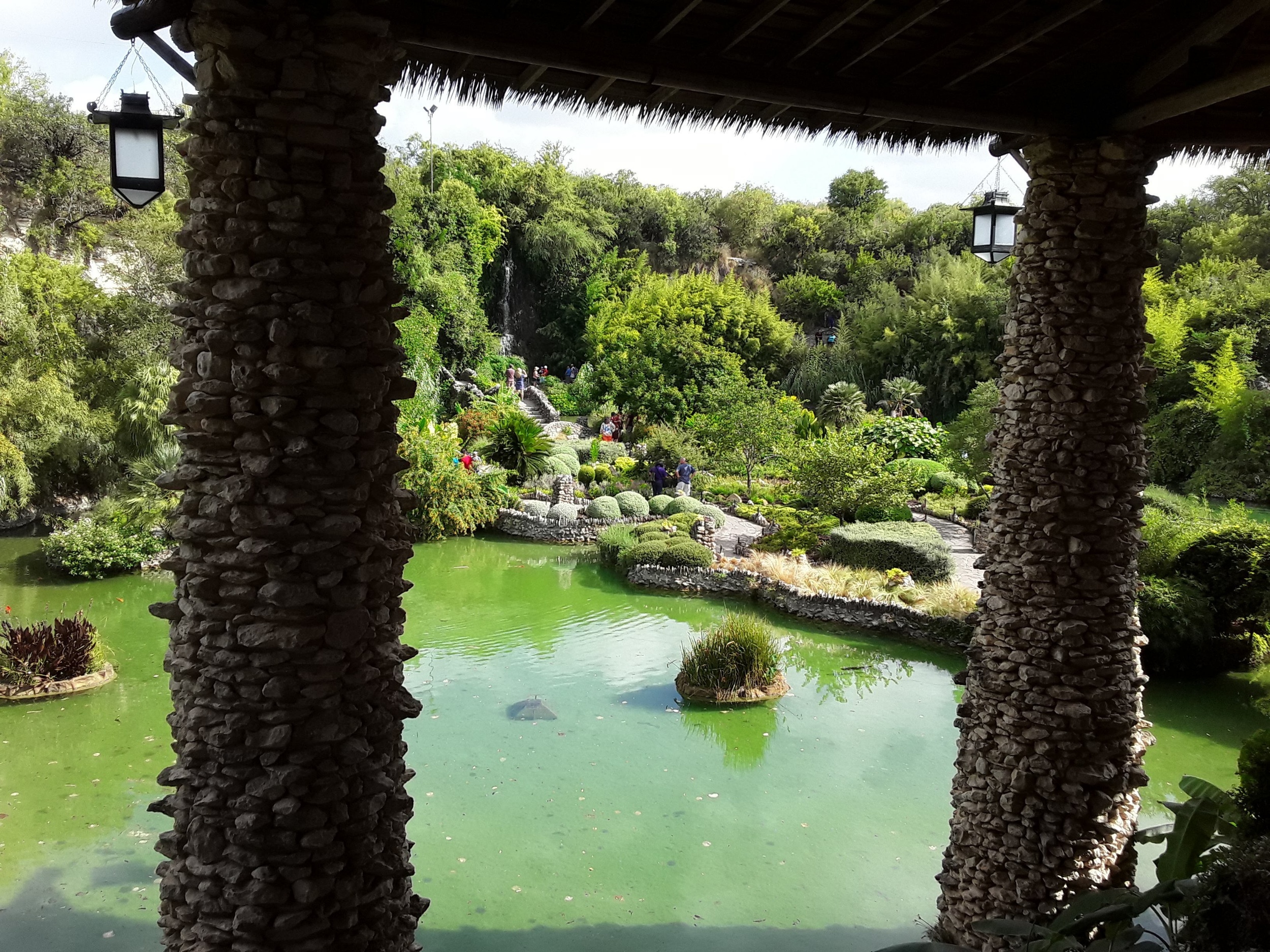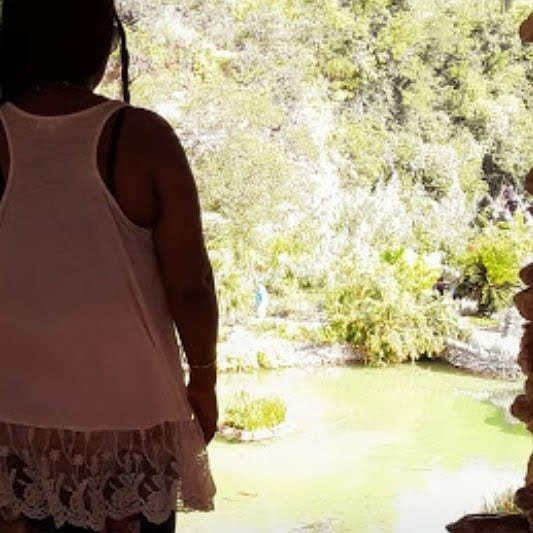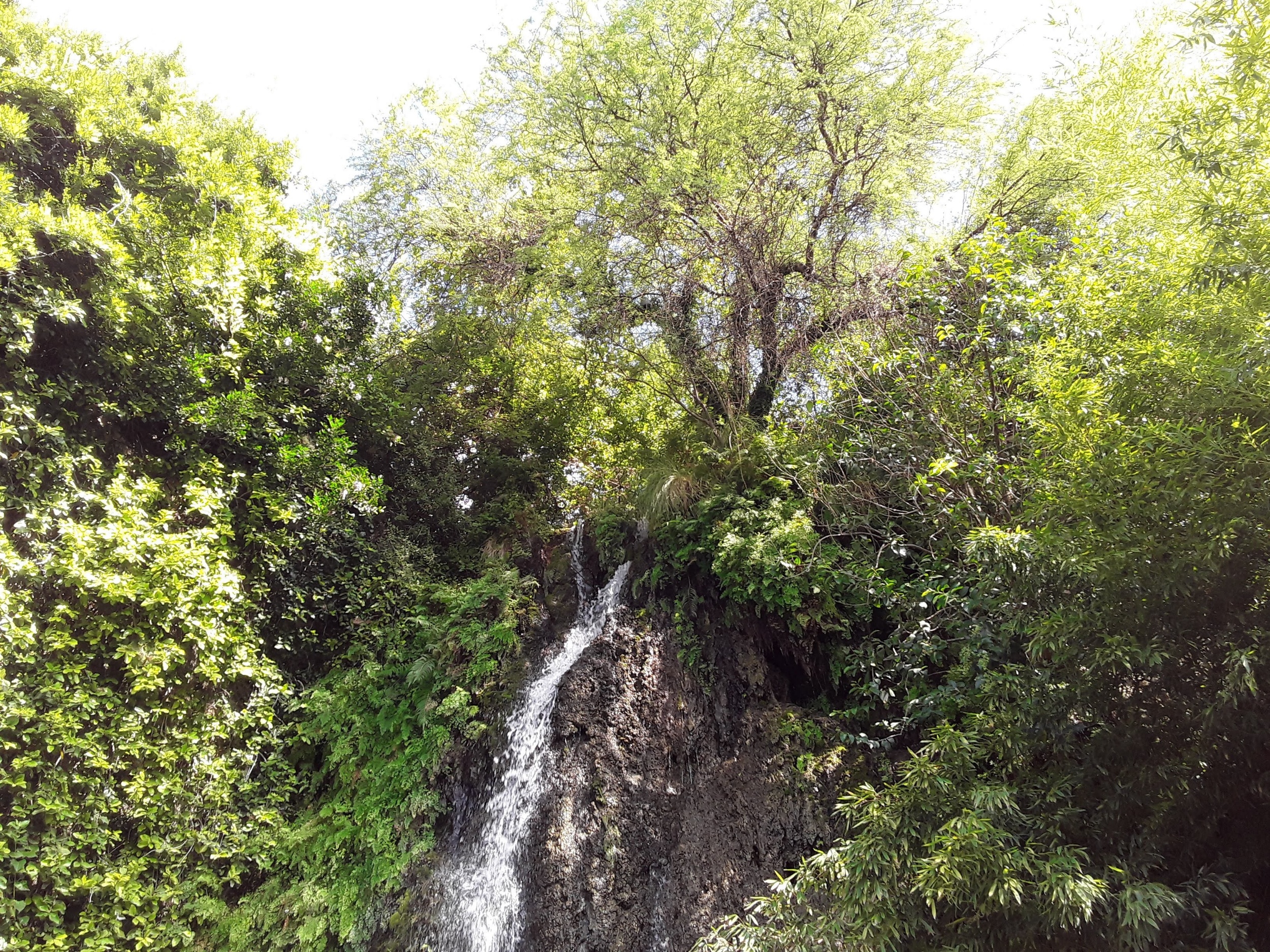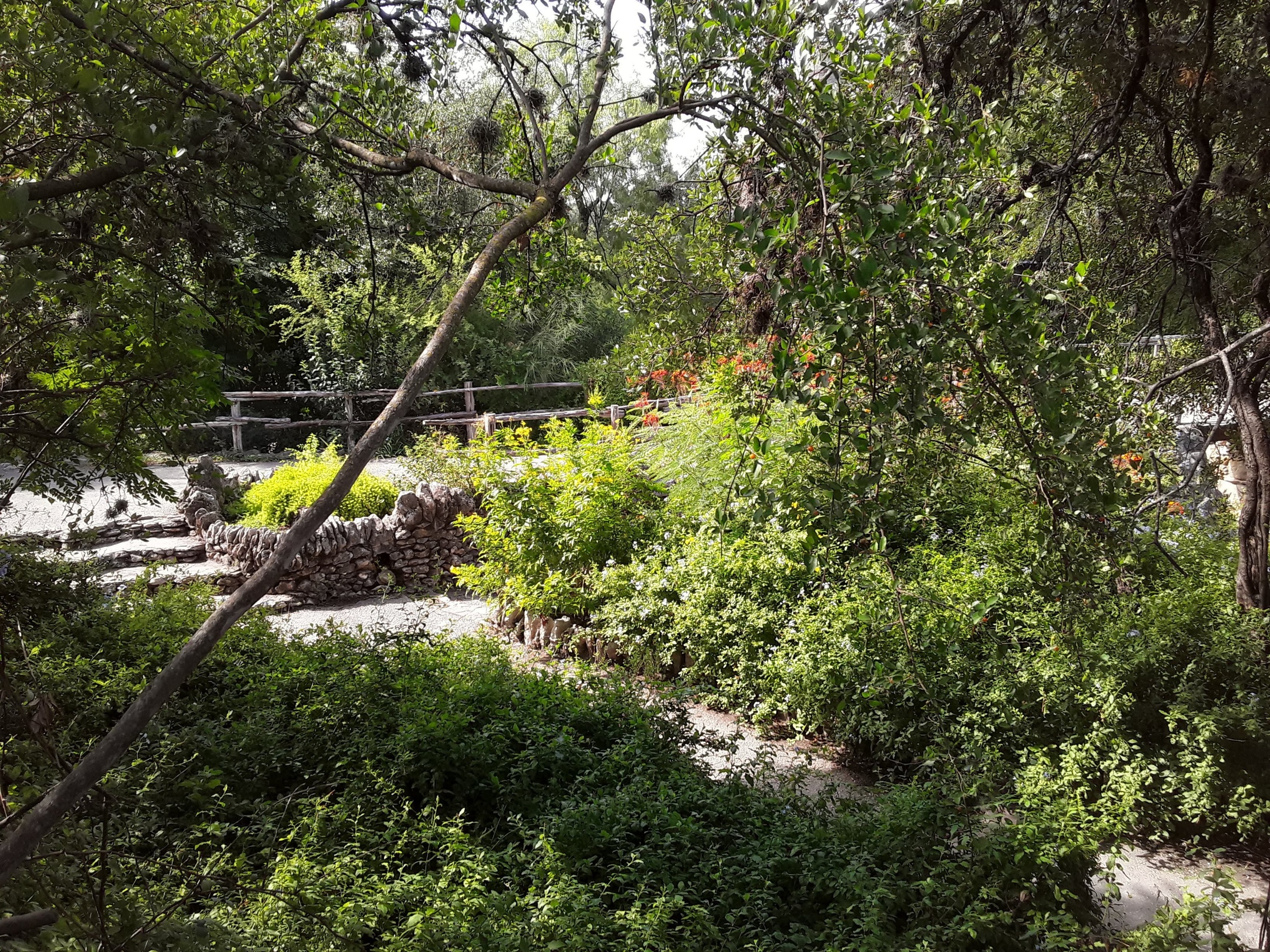Visiting The Japanese Tea Garden San Antonio, Texas
San Antonio, Texas was the very first place where I resided as an adult, after leaving California. We did not hit it off so well, so I wanted to give the Alamo City another chance to win me over!
After having so much fun experiencing the Riverboat Cruise tour on the Riverwalk, I began to search for more historical sites within the city to better reacquaint myself. The Complete Guide To Go Rio Narrative River Cruise In San Antonio, Texas
What is The Japanese Tea Garden?
The Japanese Tea Garden is a part of the San Antonio, Texas Parks Foundation in Brackenridge Park.
Built in 1942 in an abandoned limestone rock quarry, around the time when anti-Japanese sentiment was rising, it was renamed The Chinese Tea Garden to prevent World War II vandalism.
It is also listed on the National Register of Historic Places and has been recognized by the American Institute of Architects for outstanding architectural designs and achievement.
Visiting The Japanese Tea Garden in San Antonio, Texas
I am a lover of “All things Asian", so I was super excited when I found out about the Japanese Tea Garden!
Although there is a Japanese Tea Garden in Houston, Texas the Japanese Tea Garden in San Antonio, holds the most historic value, and is much more picturesque.
When we pulled up, my first thought was, Where is the beautiful garden?
Upon arrival, you are actually outside of the Japanese Tea Garden, and have to walk up a few steps to experience all of it's beauty!
You will however, get a great view of the quarry rock buildings, and the back of the Jingu House Cafe’.
I was informed that these doors are usually open for visitors, but unfortunately they were locked! “Let me in!”
Once you make it up the steps, you can either keep walking straight ahead to explore the garden in its entirety, or you can turn to your right, to explore the small houses.
As eager as I was to head straight to the garden, I just could not pass up this piece of history.
The Jingu History
In 1917, San Antonio Parks Commissioner Ray Lambert had plans of designing this area into a water lily garden. Lambert had a Japanese-American friend named Kimi Enzo Jingu with whom he shared his ideas with.
As an artist, and an importer of teas, Jingu helped Lambert execute his plans. In 1926, Lambert made a deal with Mr. Jingu and built him and his family a home so that they can stay and take care of the garden.
When the Japanese attacked Pearl Harbor, the City of San Antonio evicted The Jingu family from the garden.(Source-www.tpr.org)
Despite it all, the Jingu family did not hold a grudge and has been invited back to the garden many times.
In 2007, the Jingu House Cafe’ was renamed after them.
(Source-www.expressnews.com)
When Mr. Jingu and his family moved to the Japanese Garden, he opened up a place so that they could serve light lunches and tea.
After reading a few blogs a while back about Bubble Tea, I just knew I was in for a special treat! I decided to try the Green Tropical Bubble Tea.
My first impression….
YUCK!
I love drinking herbal teas, but for some reason, I was under the impression that Green Tropical Bubble Tea was already flavored! The name is pretty tricky!
Then I thought, it has been a while since I read those blogs-I'm thinking about 3 or 4 years ago??
So this is where I left it…Just kidding! I didn't want to just throw it away and waste it!
Fast Fwd: I held onto my Bubble Tea, and brought it back to my parents house with me. While sitting at the dining room table, I had a duh moment! Add sugar!!
Well, they just asked me what flavor do I want, and gave me the tea! Someone should have offered me honey or sugar, or asked if I have ever had Bubble Tea before. You know, give me some hints on which flavor they think is best, like a restaurant would.
All jokes aside, I added sugar to my Bubble Tea, and was able to really enjoy it,…because, yeah Tiff, it is just regular tea with tapioca pearls. So I am now a true fan of Bubble Tea!
The Jingu House Cafe’
At The Jingu House Cafe’, expect a menu filled with Japanese traditional food, drinks, and snacks, along with non traditional goodies, ice cream, and popsicles.
The Japanese Tea House Decor
The Tea House is respectfully decorated with pictures of the Jingu family, cultural artifacts, and art.
Downstairs, in a basement like area, there are restrooms, and more historic art.
In addition to providing great Japanese art, food, and Sparkling Sakes, the Jingu House has meditation and yoga classes, live musical events, and a private area called the Lambert Room where you can make reservations for business luncheons, wedding and baby showers, birthdays, and tea parties.
The Jingu House Patio
The outside patio is the perfect set up to enjoy your meal, socialize, meet new people, feed the little birdies, and feel at peace while taking in the beauty of the upper garden.
The Jingu House Pavilion
Under the Pavilion is where everyone goes to get the best views of the garden, take pictures, and cool off.
Peach Sparkling Sake and Cinnamon-Raisin Bread Pudding
To get the Bubble Tea taste out of my mouth, I decided to go back inside the Jingu House, and try a Sparkling Sake.
I have a very bad sweet tooth, and couldn’t resist their cinnamon-raisin bread pudding. (especially when they offered to put extra icing on top. YUM!) I thought that this would be the perfect combination!
Side Note: I chose Peach Sparkling Sake because of how it was designed. I also kept the bottle for decor.
This was my first time drinking Sparkling Sake, and let me tell you, it was SOOOO GOOD!
Even though it only has 7% alcohol, I did get a buzz-but it was probably because I was drinking it really fast!
(When some of your raisin bread pudding falls to the ground, and you quickly pick it up to eat it…yeah, your pretty buzzed!)
The guys at the counter provided excellent customer service, and informed me that this was a spicy alcoholic beverage.
The Best Japanese Garden Views
Walking Around the Japanese Tea Garden
More Beautiful Garden Views, Peace and Serenity
Important Information About Visiting the Japanese Tea Garden
The Japanese Tea Garden is open every day of the week from 7 am-7 pm. The Jingu Cafe' does not open until 10 am, and shuts down at 5 pm. They are also closed on Thanksgiving and Christmas.
We got an early start on a Friday morning and arrived around 9 am. Arriving early ensures a great parking spot and unobstructed photography.
Speaking of photography, camera phones are allowed for picture taking, but you must purchase a photo permit for photoshoots. You can do so online at www.saparksafoundation.org
There were several nooks and crannies within the garden that I did not get to fully experience because I was with family. (They were already leaving me because I was taking too long to embrace just one area! I don’t blame them though, because it was getting hot.)
Next time around, I will plan to be there right when the garden opens, and go alone, so that I can linger and wander a bit more!
Have you ever been to a Japanese Tea Garden?







